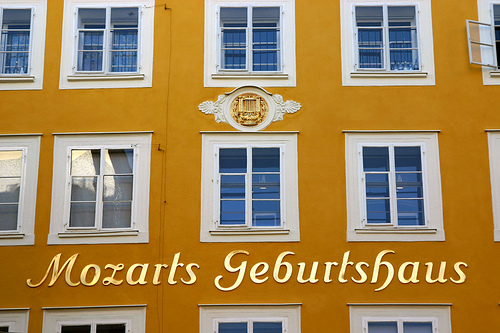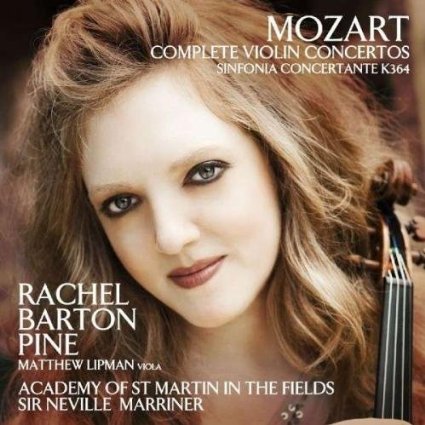Shall I compare thee to a summer’s day?
Thou art more lovely and more temperate:
Rough winds do shake the darling buds of May,
And summer’s lease hath all too short a date:
Sometime too hot the eye of heaven shines,
And often is his gold complexion dimm’d;
And every fair from fair sometime declines,
By chance or nature’s changing course untrimm’d;
But thy eternal summer shall not fade
Nor lose possession of that fair thou owest;
Nor shall Death brag thou wander’st in his shade,
When in eternal lines to time thou growest:
So long as men can breathe or eyes can see,
So long lives this and this gives life to thee.
-William Shakespeare, Sonnet 18
Vivaldi’s Four Seasons: Summer
Let’s begin with violinist Janine Jansen’s exciting approach to Antonio Vivaldi’s The Four Seasons. This performance features an unusual edge-of-your seat passion and fire. The dramatic effects of Vivaldi’s music come to life in a way that makes the music feel fresh, as if it was just written:
https://www.youtube.com/watch?v=1ME_5mGrNXo
[unordered_list style=”tick”]
[/unordered_list]
Glazunov’s “The Seasons:” Summer
Next, let’s listen to an excerpt from Alexander Glazunov’s lushly romantic 1899 ballet score, The Seasons. At the beginning of the clip, we hear the triumphant moment when spring turns to summer. It’s soaring music that deserves to be heard more often. This recording features the Cleveland Orchestra, conducted by Vladimir Ashkenazy:
[unordered_list style=”tick”]
[/unordered_list]
Heifetz Plays “Summertime”
Jascha Heifetz’s transcription of George Gershwin’s Summertime from the opera Porgy and Bess is a timeless gem. Here is Heifetz’s recording:
[unordered_list style=”tick”]
[/unordered_list]




